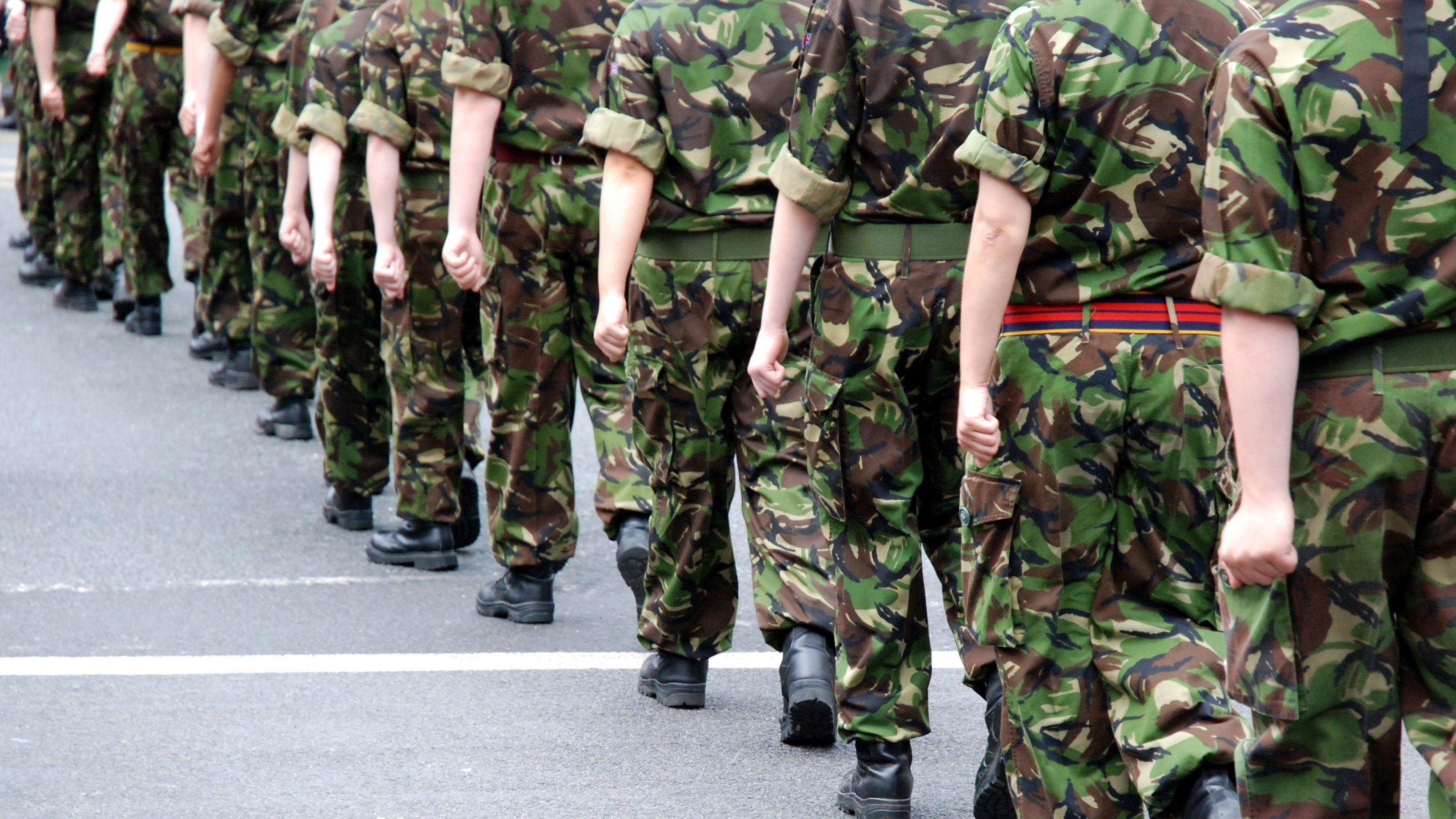Census reveals Scotland's LGBT numbers for first time
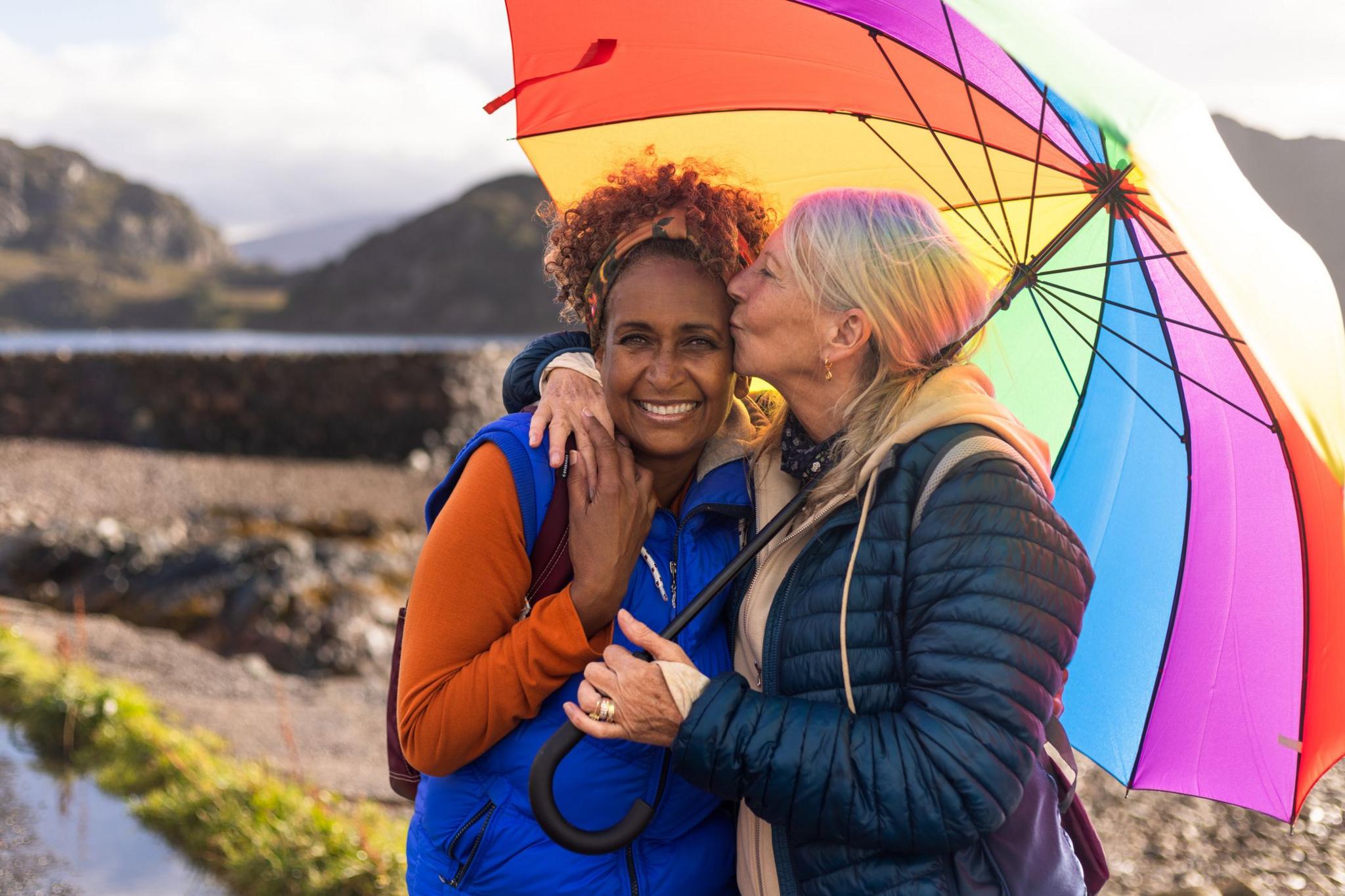
- Published
Almost 184,000 people in Scotland identify as lesbian, gay or bisexual, census data has revealed for the first time.
The census, conducted in 2022, found that 80,100 (1.76% of those aged over 16) identified as gay or lesbian while 80,260 (1.76%) identified as bisexual.
A further 23,500 (0.51% of over-16s) people chose another sexual orientation such as pansexual or asexual or queer.
The census also asked about trans history for the first time, with 19,990 people (0.44% of the over-16 population) identifying as trans or having a trans history.
Almost half (45.2%) of trans people identified as "non-binary".
The figures showed almost half of trans people were aged 16 to 24.
The census was the first to ask Scots to voluntarily declare their sexuality and gender identity.
National Records For Scotland said 8.2% of people did not answer the sexual orientation question.
Of those who did, about 4% of over-16s identified as gay, lesbian or bisexual, which was higher than the figures in the rest of the UK, which asked the same question in its 2021 census.
In England and Wales 3.2% of people aged 16 and over were LGB+ - and in Northern Ireland it was 2.1%.
Some campaigners have questioned the accuracy of the data, as people were free to choose both their sex and the gender they identify with.
But experts say the data is the best available for policy makers to plan future services.
Scotland's census 2022: The number who identified as LGB+
The ‘other sexual orientation’ category (23,500 people) includes a number of different groups of people. Over a third (35.6%) of people in this category did not specify their sexual orientation. The most common responses in this category were ‘pansexual’, ‘asexual’ and ‘queer’. Those three different groups account for over half (57.1%) of people in this category.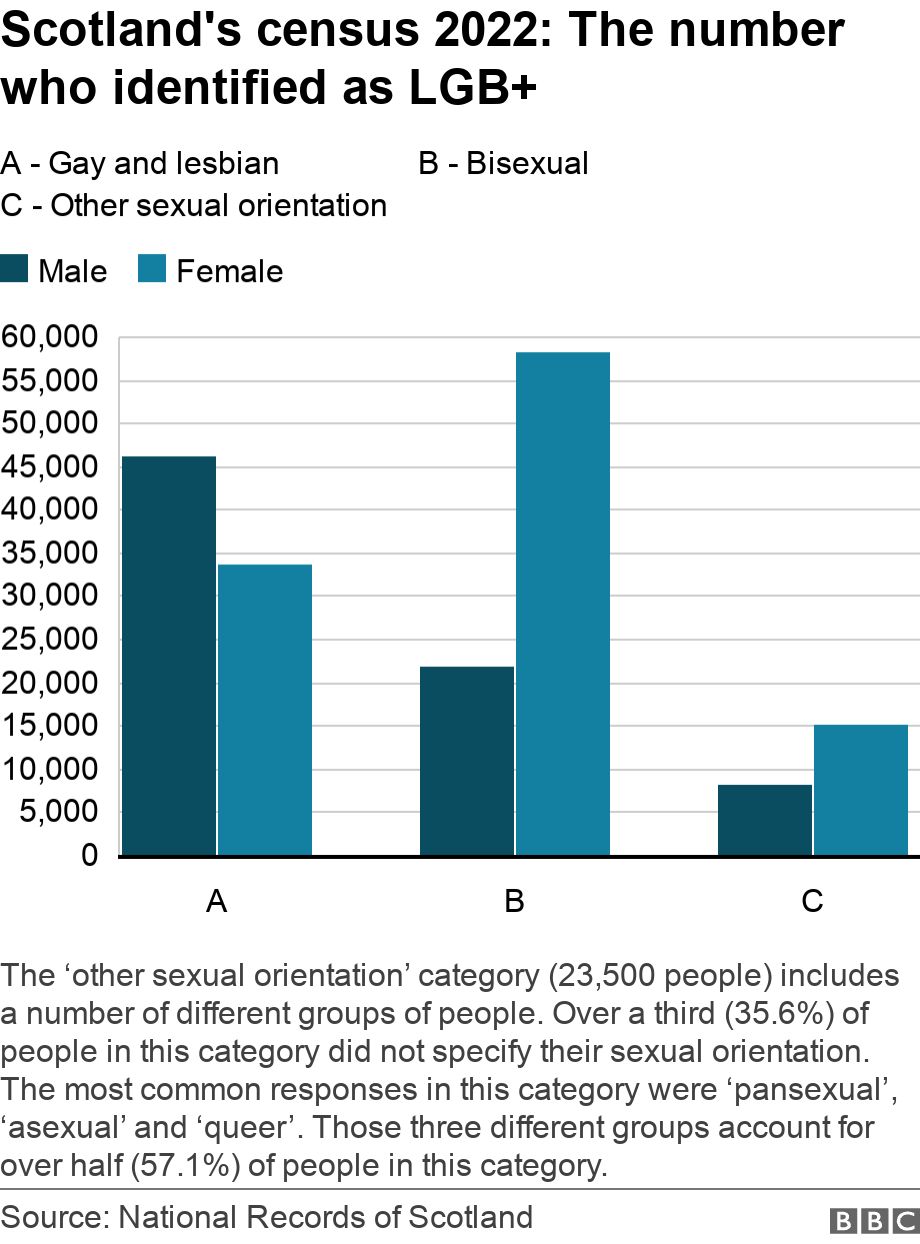
About 10 in every 100 people aged 16 to 24 identified as LGB+
The percentage of LGB+ people decreases as we go from younger to older age groups.

The Scottish census figures showed that the number of people who identified as lesbian, gay and bisexual reduced in older age groups.
Almost half (46.6%) of bisexual people were aged 16 to 24 and a further third were aged 25 to 34.
More than half of gay or lesbian people were under 35.
More males than females identified as gay or lesbian while twice as many females identified as bisexual.
The figures for trans history showed 3,310 people identified as trans men and 3,090 as trans women.
A similar number of people identified as trans but did not provide any further detail.
The ‘other trans status or history’ category (1,450 people) includes a number of different groups of people.
The most common responses in this category were ‘genderfluid’, ‘agender’ and ‘genderqueer’.
Director of Census Statistics Jon Wroth-Smith said: “These numbers will help charities, local authorities, businesses and government plan services to improve the lives of those living and working in Scotland as well as providing important information for effective equality monitoring.”
The previous census in 2011 decided not to ask respondents their sexuality after research suggested it was unlikely to provide an accurate picture.
The census - which every household is legally required to complete - is usually filled out by one person on behalf of everyone in the household.
A decade ago, census officials thought some people might feel under pressure to choose between coming out to their family or hiding the truth.
There were also concerns about how to define sexuality, which can encompass some or all of a person's behaviour, desires or identity, and might be understood differently by different people.

So, for the first time, a "voluntary" question was posed, asking people which term best described their sexual orientation.
Respondents were also offered the option of a free-text box to describe their sexual orientation if it was not one of the three options available.
Another question asked for the first time was "Do you consider yourself to be trans, or have a trans history?".
Again, respondents were given a free-text box to fill in however they wished.
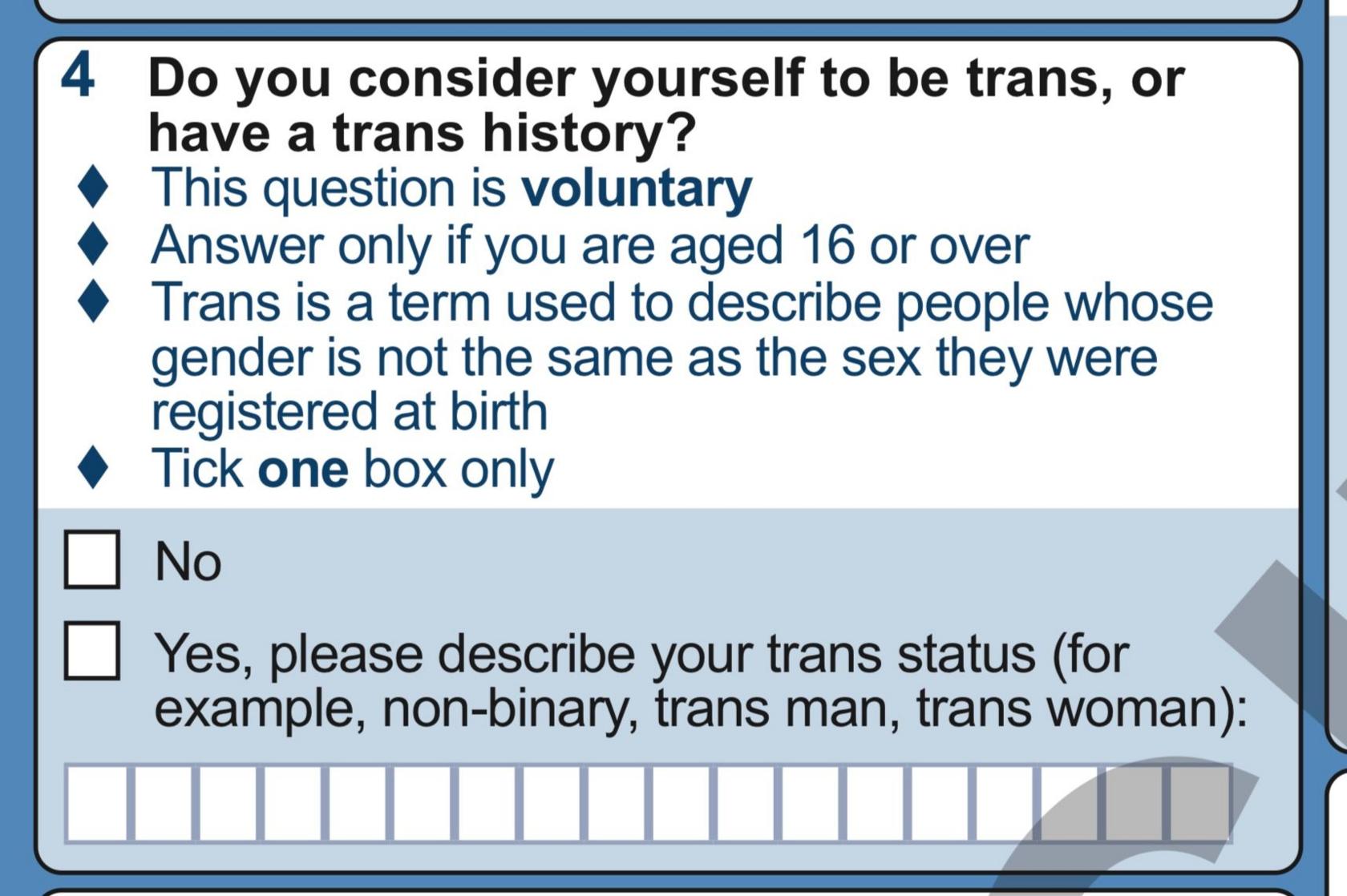
Kirstie Ken English, a quantitative methods tutor in sociology at the University of Glasgow, said overall population estimates of the size of the census are really useful for policy makers and researchers.
She said the questions on sexuality and trans status provided a "minimum" count as many people chose not to answer the question.
'I have seen progress over the years'
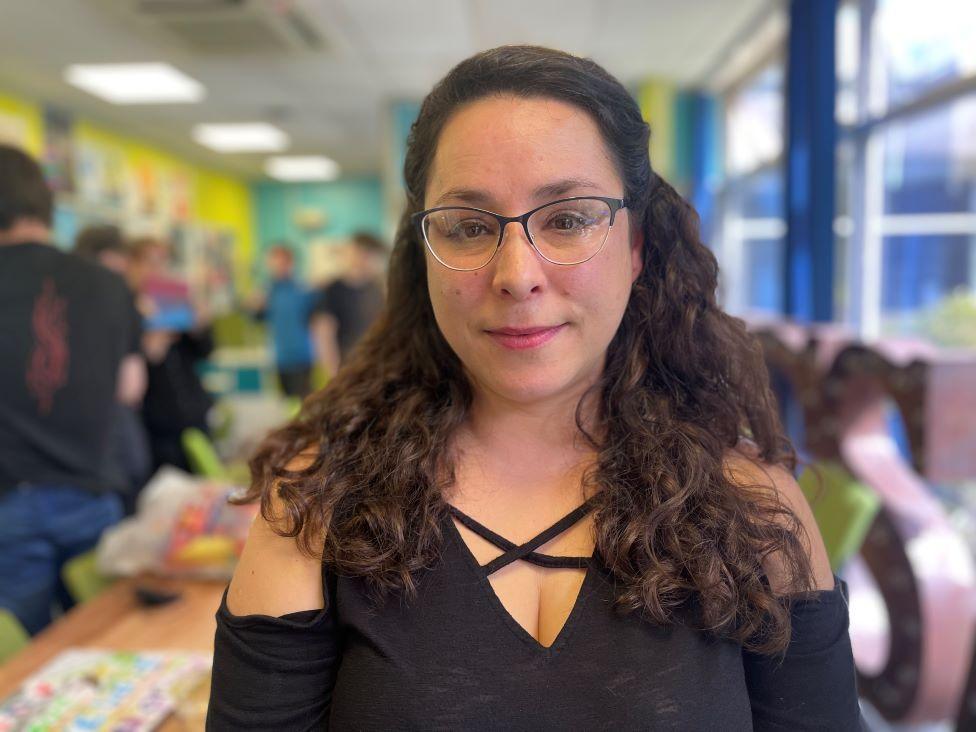
Tania Grant said it felt refreshing to be able to answer the sexuality and gender identity questions.
At Fife College, a group of students are getting ready to take part in local Pride events.
Tania Grant is bisexual and was delighted to complete the sexual orientation section of the census.
“It was quite refreshing because I come from Zimbabwe where there is no freedom of expression and to be anything but heterosexual is against the law. That’s why I felt it important to fill in that information.
“I think there is more acceptance now and this is another step in putting it in black and white on paper.
“I have seen progress over the years.”
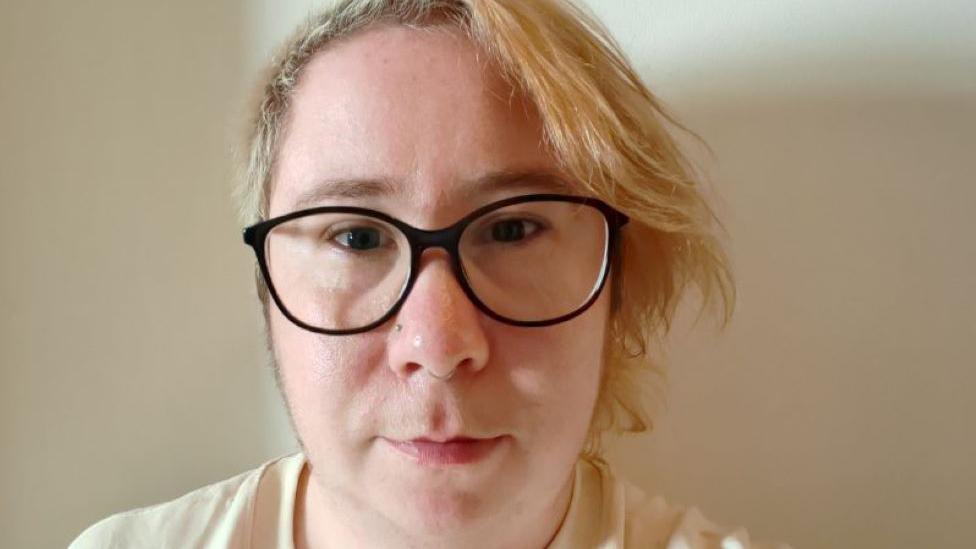
Jamie Petrie felt it was important to complete the census
Jamie Petrie is a trans man and feels a lot has changed since the last census in 2011.
“I’m not the type of person who tends to lie about myself, so I completed the voluntary questions.
“I felt it was important.”
Dr Kevin Guyan is a researcher of identity data and Chancellor's Fellow at the University of Edinburgh.
He said: “The census is often seen as the ‘gold standard’ of data collection exercises, that high-level count of everyone in a country.
“Adding these new questions, voluntary questions, should create that more comprehensive picture of who lives and works in Scotland."
He added: “I was keen to get people involved in the count - in terms of presenting an opportunity for people to see themselves recognised in this national exercise.
"But what’s really important is that the Scottish government use this data meaningfully.
"There’s no point gathering more and more data about LGBTQ communities if it isn’t used effectively to improve services and improve people’s lives.”
Related topics
- Published6 January 2023
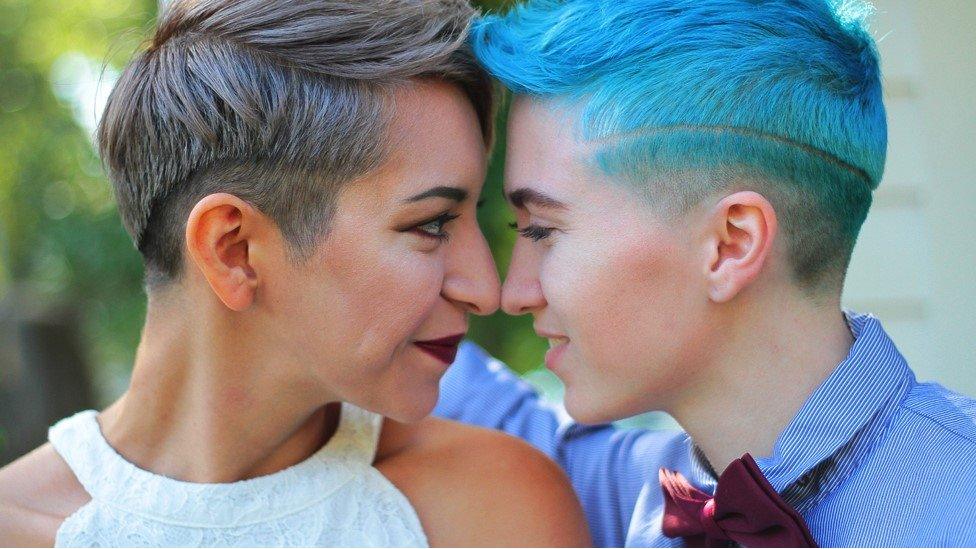
- Published14 September 2023
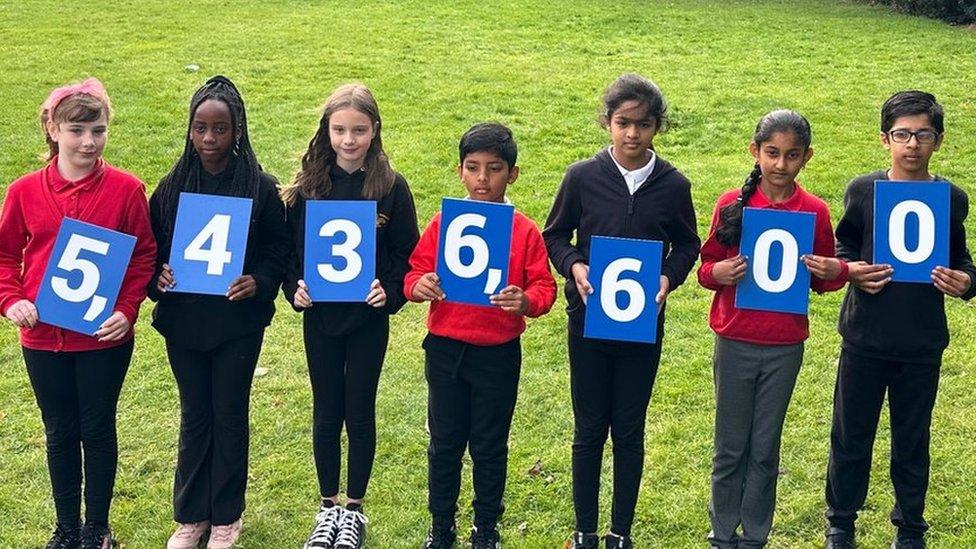
- Published21 May 2024

- Published13 June 2024
